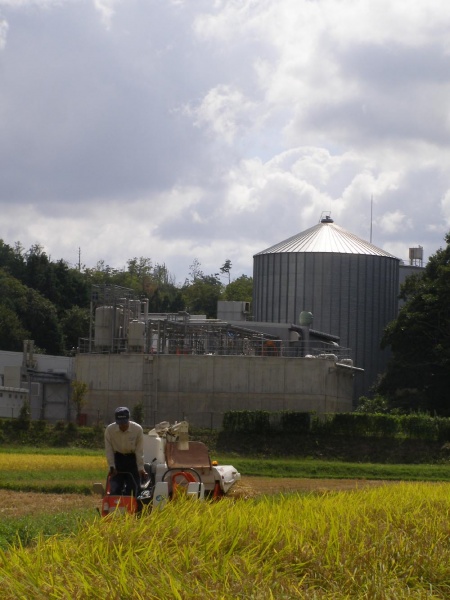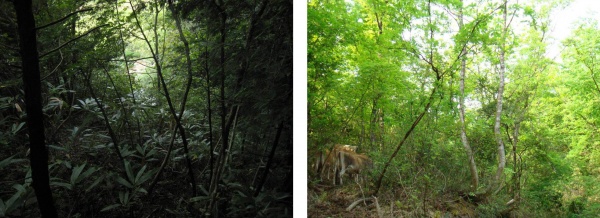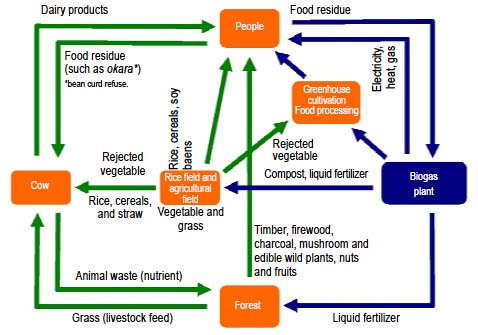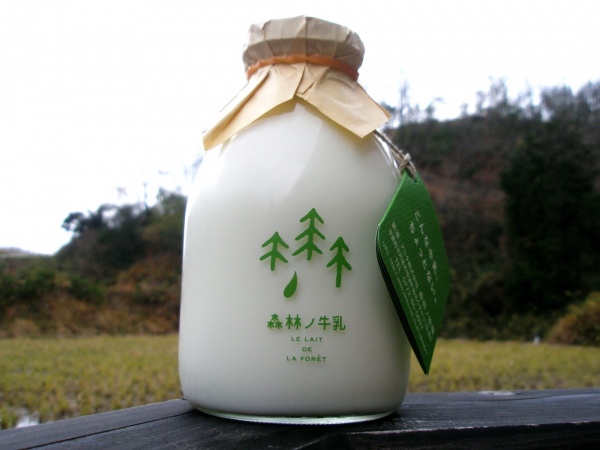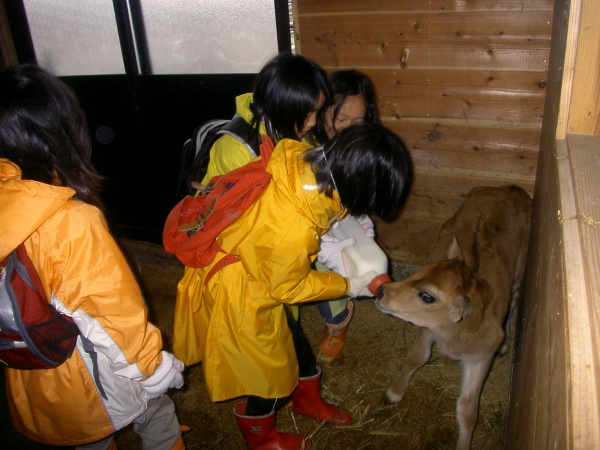Production of new industries of agricultural mountain village in Kyotango City, Kyoto, Japan
03.05.2010
-
DATE OF SUBMISSION :
-
03/05/2010
-
REGION :
-
Eastern Asia
-
COUNTRY :
-
Japan (Kyotango City, Kyoto Prefecture)
-
SUMMARY :
-
Kyotango City, Kyoto, Japan, is an agricultural and mountainous rural area located approximately 90 kilometres from central Kyoto consisting of man-made forests and agricultural lands. Agricultural lands and small communities are located on narrow flatlands alongside rivers and they are surrounded by hilly areas that are covered with forests. The forest use has significantly declined due to decreased demand for firewood, charcoal, and forest-based compost. In addition, the stagnation of industries, including agriculture, forestry, and fishery, has caused a population outflow to large cities and the aging of society. As a consequence, the number of people involved in the management and use of natural resources has decreased and the number of abandoned and inadequately managed fields and forests has increased. This has resulted in the deterioration of habitats and nurturing grounds for wild animals and plant species characteristic of secondary forests and agricultural land. The New Energy and Industrial Technology Development Organization (NEDO) of Japan started an experimental microgrid system (later granted to the city). Amita Corporation was commissioned by NEDO to implement a program by which they would plan, operate, and manage a component of this microgrid, i.e. a biogas power generation facility. Amita focused on the effective utilization of the by-product of bio-gas power generation as liquid fertilizer, carried out a demonstration of organic vegetable cultivation and rice paddy farming using no chemicals, and started “forest dairy farming”. High-value farm and livestock products produced through such farming practices have the potential to boost industry in rural regions.
-
KEYWORD :
-
material cycle, private enterprise, biogas power generation
-
AUTHOR:
-
Ms. Takako Matsui She has been working at PREC Institute Inc. since 1982, and is currently the manager of environmental coexistence division. Until today, she has been engaged in work such as survey and planning related to conservation and utilization of natural environment, supporting community involvement and creation of social consensus in rural development, and developing technical guidelines for environment impact assessments. Currently, she takes charge of work on the Satoyama Initiative, survey and planning related to natural parks, and others. Mr. Taito Kawashima He has been working at PREC Institute Inc. since 1997, and is currently the vice manager of environmental coexistence division. Until today, he has been engaged in work such as survey and planning related to conservation and utilization of natural environment, survey on conservation of agricultural land and promotion of agriculture, planning related to measures against global warming. Currently, he works on the Satoyama Initiative, survey work related to agriculture and biodiversity, and others. Mr. Takehiro Kasahara He has been working at PREC Institute Inc. since 2007, and is a researcher of environmental coexistence division. Until today, he has been engaged in work such as survey and planning related to conservation and utilization of natural environment and environment impact assessments. Currently, he works on the Satoyama Initiative, survey and planning work related to natural parks, and others.


